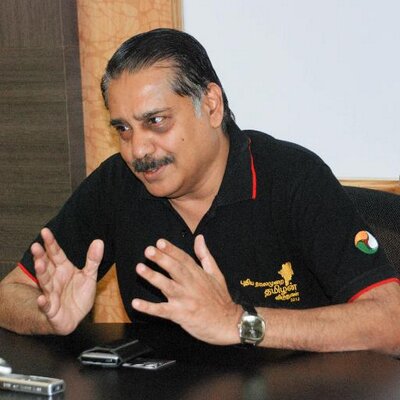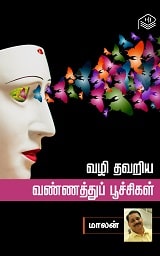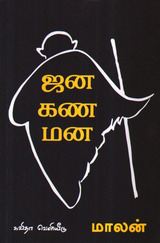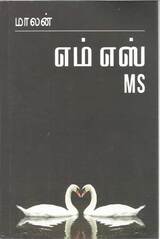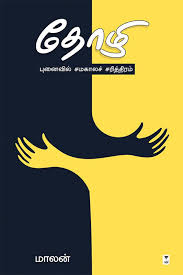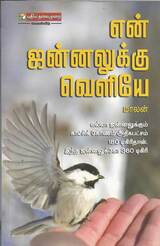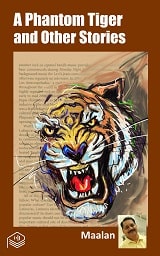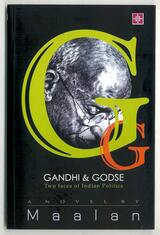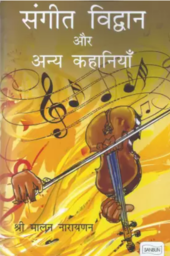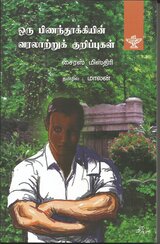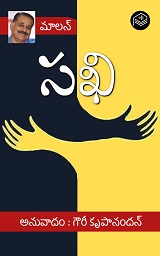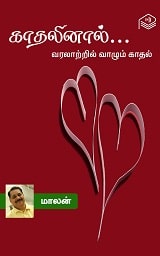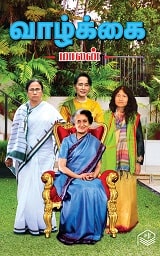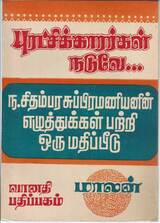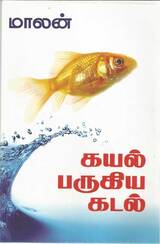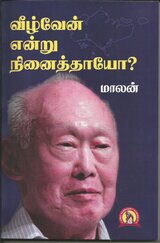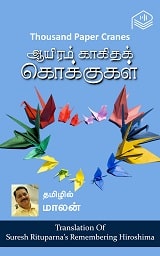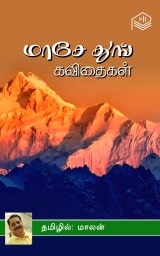Speech delivered at the seminar on Cultural and Literary traditions of tribes of India organised by Sahitya Akademi at Bengaluru on 29 March 2016
A long time ago, in 1955, Jawaharlal Nehru, who incidentally was the first president of the Akademi, had addressed an All India Conference of Tribes in Jagdalpur, Bastar District of Chhattisgarh (Then Madhya Pradesh) and had said:
“Wherever you live, you should live in your own way. This is what I want you to decide yourselves. How would you like to live? Your old customs and habits are good. We want that they should survive but at the same time we want that you should be educated and should do your part in the welfare of the country.”
And he proposed a Panchsheel for tribal development
- People should develop along the line of their own genius and we should avoid imposing anything on them. We should try to encourage in every way their own traditional arts and culture.
- Tribal rights to land and forest should be respected.
- We should try to train and build up a team of their own people to do the work of administration and development. Some technical personnel from outside will no doubt, be needed, especially in the beginning. But we should avoid introducing too many outsiders into tribal territory.
- We should not over administer these areas or overwhelm them with a multiplicity of schemes. We should rather work through, and not in rivalry to, their own social and cultural institutions.
- We should judge results, not by statistics or the amount of money spent, but by the quality of human character that is evolved.
Today we have moved far away not only in time but also from this promise
Globalisation, an outcome of The New Economic Policy unleashed an open assault on the tribes in India There has been a virtual rejection of the tribal sub-system which was promised by Nehru in his Panchasheel for the tribals. The habitat and the community concepts have been demolished. The concept of the individual right has been superimposed on the tribals who believed in community ownership of property. The new modern developmental activities will take away the residual support the tribals still have for their forest, land and water resources. The support from the forest resource has already become very small. The forests are being commercially exploited by everyone from the local resort developer to multinationals.
It is ironic that the poorest people of India are living in the areas of the richest natural resources.
The tribal population of India is around 8 per cent of the total population but it is larger than that of any other country in the world. The tribal population of India is more than the total population of France and Britain and four times that of Australia. If all the tribals of India had lived in one state, it would have been the fifth most populous state after Uttar Pradesh, Bihar, West Bengal and Maharashtra.
But they are also the victims and refugees of development
It is estimated that owing to the construction of over 1500 major irrigation development projects since independence, over 16 million people were displaced from their villages, of which about 40 per cent belong to the tribal population.
Though the tribal constitute only about 8 per cent of the total Indian population, 40 per cent of their population is displaced due to the big modern developmental projects. , According to a Government of India estimate, between 1981-85 the coal mine alone had displaced 1,80,000 persons and had provided one job per family to only 36 per cent.
India happens to be the second most dammed country in the world. It has invested over Rs. 300 billion on dams and hydropower projects by 2000. The World Bank has directly funded as many as 87 large-scale dam projects in India as against only 58 for the whole of the African continent and 59 for Latin America. Almost all major dam projects in India are located in central and western India where about 80 per cent of the tribals live
Kaallikattu Ithigasam. an award-winning novel in Tamil by poet Vairamuthu portrays the agony of displacement owing to the construction of a dam across river Vaigai. Peya Thevar, the protagonist of the novel, croon and sob while he was reaping his last harvest before displacement
This auriferous land
Of my inheritance
Good and potent soil
Is not mine tomorrow
My land
Feed for quail and
Home for partridge
That has seen four crops a year
Is not mine tomorrow
The field that sprouted
Heaps of grains and cereals
Is not mine tomorrow
I am left with no stamina
To go through this last harvest
If this sickle hacks me
It is no crime
As it will relieve my pain
Development interventions have caused an erosion of not only the resource base but also the socio-cultural heritage.
I recall here from a report on the Santal community by a French anthropologist, Marine Carrin of Centre d‟Anthropologie. “Today, Santal adults deplore that knowledge is not shared as it used to when grand-parents used to introduce grand-children to speech control. Riddles are taught to eight-year-old children and involve different levels of difficulty. Through riddles, children interiorize a natural cosmology that conciliates Nature and Culture, since answers concern domestic animals as well as wild animals and plants. But grandparents also teach children body control, telling them the importance of sexual organs which should grant pleasure to boys and girls. Traditional learning includes the code of manners which implies respect for elders and reverence for relatives who are greeted with special forms of salutation. Verbal abuse is also controlled as it is associated with witches. To control their speech, children should also control their emotions when they are disappointed by adults.”
Kolli Hills, a mountain range located in central Tamilnadu on the eastern Ghat is one of hills that is featured in several classical works of Tamil literature, such as Sangam literature and in Silapathigaram and Manimekalai of the second century.
In the midst of sporadic but thick forest range, tribes of Kolli hills engaged in agriculture primarily to feed themselves. In the last two decades, the pattern of agriculture has changed. Earlier Ragi and other millets were their main crops along with some legumes and cereals. Now they have moved to hybrid paddy cultivation and fruits with the hope of making some money out of the produce. Clove and coffee have followed suit
The high grounds in the region known as Mettukadu have turned into fields cultivating tapioca and the slopes are becoming pineapple orchids.The pastoral lands known as krai are turning into paddy fields
Earlier tribes of Kolli hills were self-reliant on their food. But market economy associated with globalisation has robbed it from them.
Agriculture whether on plains or on hills had always been a community activity and every stage of cultivation, like ploughing, sowing, weeding out the weeds, harvesting is associated with rituals. These rituals, an opportunity to sing out their heart and showcase their inherent creativity are slowly vanishing. Folk songs had always been an inherent part of the peasantry and were a source of relaxation during the work mitigating the drudgery of hard labour associated with agriculture. Now film songs have replaced them
The rituals associated with the wedding have undergone a sea change with the arrival of the market economy. Earlier, the wedding attire of the Kolli hills tribes was a piece of simple white cloth of 4 yards long, with a red band running along the length of the cloth. They were wearing this cloth, wrapping around the breasts and tying them at chest. Another smaller piece of white cloth was worn on the shoulders as we wear our shawls. Today colourful wedding saris, some of which are even branded has come into vogue. Forty years ago, wearing a blouse by women was considered a crime against God and women were fined for wearing blouses but now blouse is an integral part of the women’s attire.
Modernity has crept in like a stream and is sweeping aside the cultural traits of tribes as lamented by an elder whom I met a few years ago:
Hunted by modernity
Gone are our cultural traits
Cropped hair is the style
And fountain pens pinned to the
Pockets of slacks are the trend
The only benefit modernity has gifted them is education. It is precisely the gift the British gave to us as the bait for colonisation.
Neo colonisation is no different

